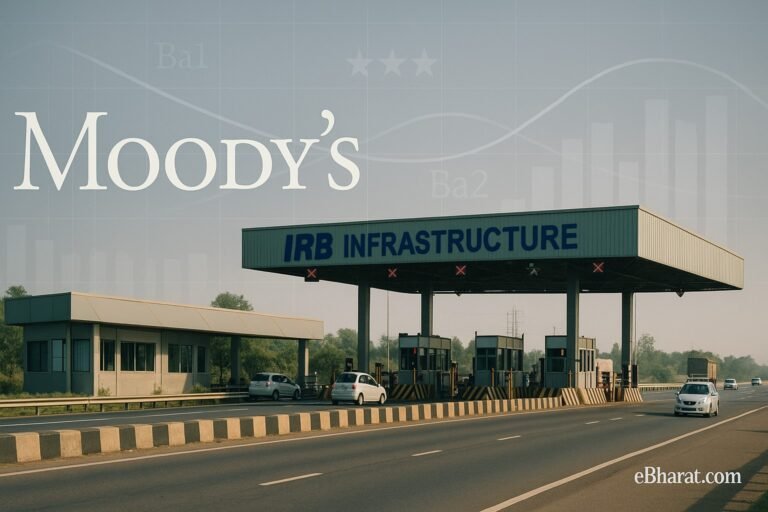
Mumbai | Oct 8, 2025, 11:30 IST — State Bank of India (SBI) Chairman Challa Sreenivasulu Setty has affirmed that India’s extended transition period for implementing the new Expected Credit Loss (ECL) norms will help cushion the impact on banking balance sheets, even as the central bank moves to align provisioning practices with global standards.
The Reserve Bank of India’s draft guidelines propose that the new framework take effect from April 1, 2027, giving banks a generous runway to adapt operations, provisioning models, and credit classification systems.
What the SBI Chairman Said
At an event in Mumbai, Setty observed:
“With regard to ECL, technologically we are ready … more importantly, the long transition time ensures limited impact on balance sheets of the bank.”
He emphasized that while banks must prepare to classify loans by credit-risk stage under the new regime, the existing non-performing-asset (NPA) classification rules would remain intact during the transition.
Setty also asserted that SBI (and other major banks) is already technology-ready to adopt ECL models, though certain refinements may follow once final regulations are issued.
Why a Long Transition Matters
1. Cushioning the impact on provisions
Switching from an “incurred loss” provisioning model to ECL often leads to higher upfront provisions. A multi-year transition allows banks to phase in the additional provisioning without sudden financial strain.
2. Time to build models & systems
Banks need to develop or upgrade credit-risk models (Probability of Default, Loss Given Default, Exposure at Default) to appropriately measure expected losses. The extended timeframe gives them a runway to test, validate, and calibrate these models.
3. Maintaining capital stability
RBI’s draft suggests that the difference between ECL and legacy provisions (on the books at implementation) will be gradually added back to Common Equity Tier-1 (CET1) capital, helping avoid a sharp capital hit.
4. Alignment with global norms
India’s move mirrors international accounting norms and supervisory practices, strengthening the banking system’s credibility on risk management and transparency.
Challenges & Risks
- Model risk and calibration: Poorly calibrated ECL models may under- or over-estimate provisioning needs, leading to financial volatility.
- Behavioral risk: Credit risk migration dynamics (e.g., an influx of loans advancing from Stage 1 to Stage 2) could stress provisions if economic cycles worsen.
- Operational readiness: Even though banks claim preparedness, legacy systems, data quality gaps, and risk governance may require significant upgrades.
- Regulatory alignment: Any changes in the final RBI norms (e.g., floors, staging thresholds, prudential buffers) could alter impact projections.
What’s Next
- Public consultation: RBI has invited comments on the draft until November 30, 2025.
- Final norms & sensitivity testing: Banks and regulators will conduct sensitivity tests, back-testing of models, and capital impact simulations before final implementation.
- Staged rollout: The transition may be phased across asset classes (corporate, retail, MSME) or geographies depending on readiness levels.
- Monitoring market reactions: Analysts and investors will track quarterly updates, especially provisions growth, capital adequacy trends, and classification changes.
Why It Matters: The shift to ECL is a structural reform in how Indian banks recognize credit risk — and the long transition period is critical to balancing prudence with financial stability. The journey to April 2027 will test both regulatory foresight and banks’ risk management readiness.













